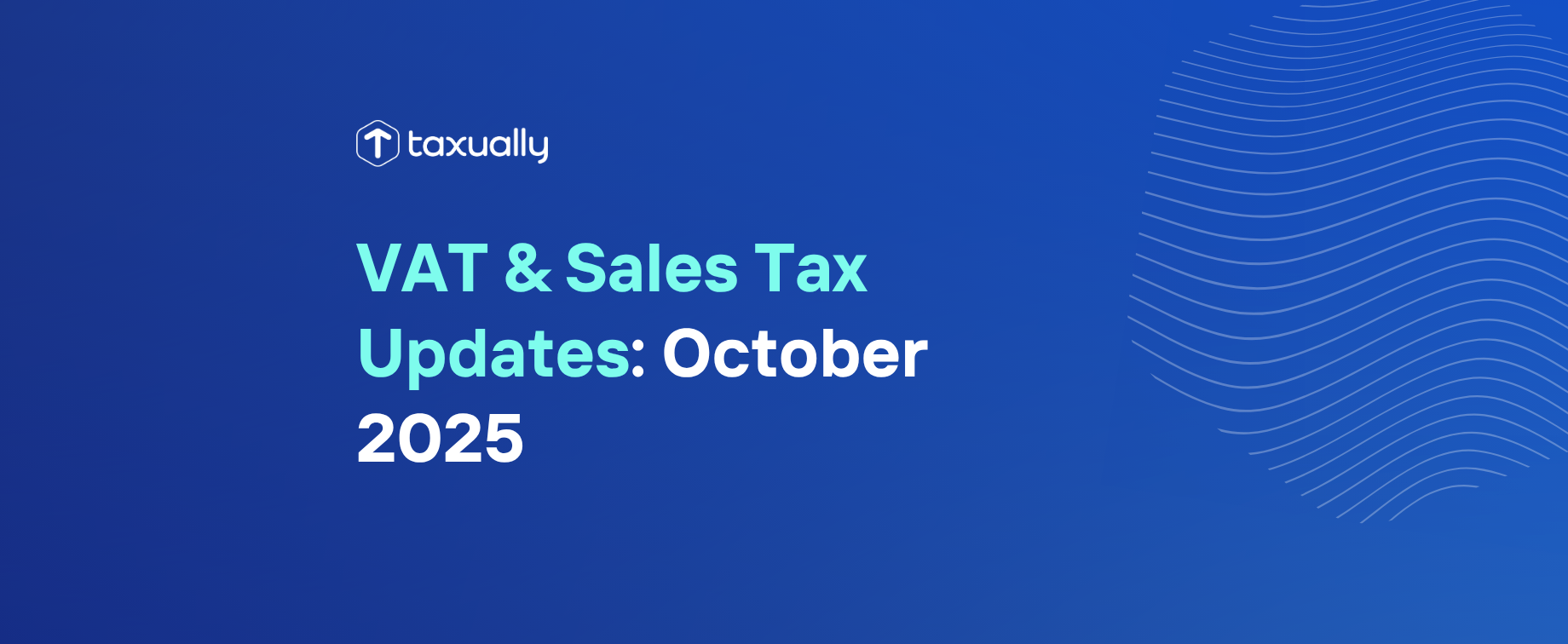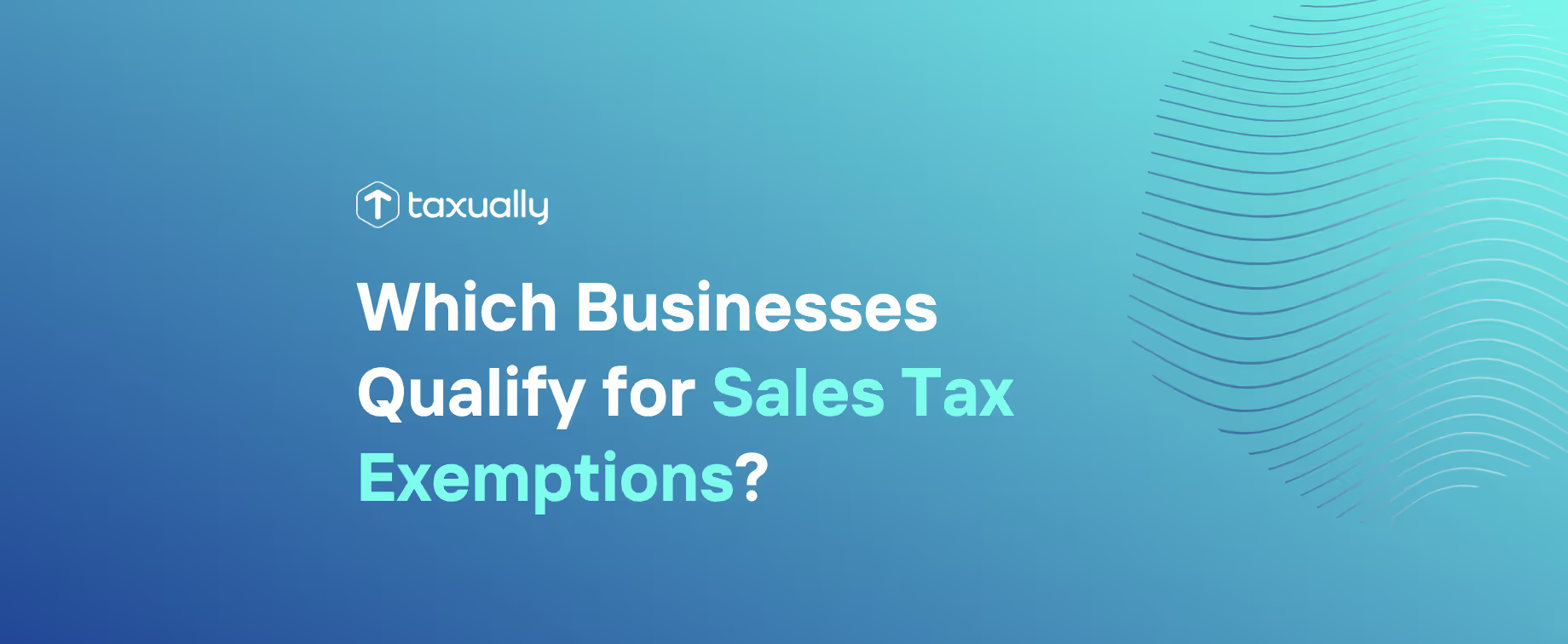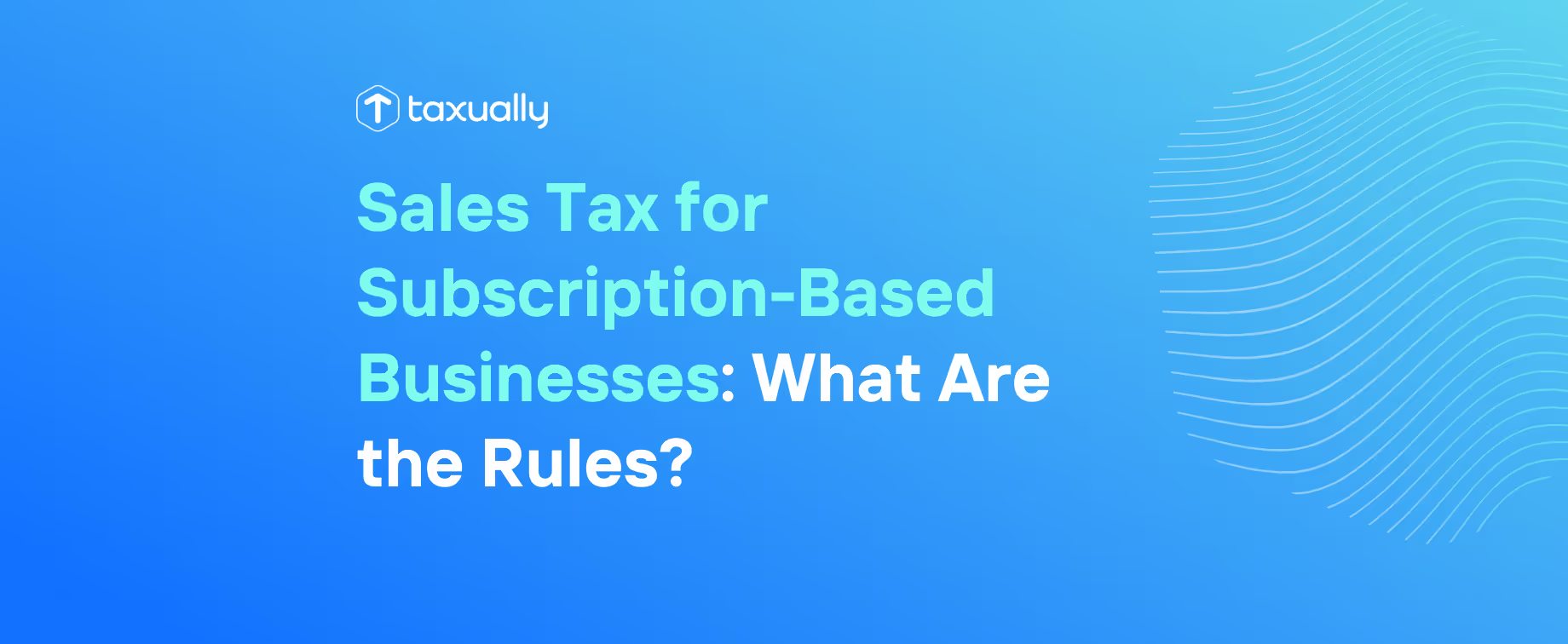Key takeaways
- Standard VAT rate will increase from 19% to 21% effective August 1, 2025.
- Reduced VAT rates (5% and 9%) will be merged into a single 11% rate, simplifying the system.
- The 11% reduced rate will cover key sectors — food, non-alcoholic drinks, medicines, books, utilities, accommodation, and catering.
- Businesses must update billing, pricing, and contracts promptly to stay compliant.
- Early preparation and communication will minimize disruption and ensure smooth adaptation to new rates.
Romania will implement a significant overhaul of its VAT system on August 1, 2025, increasing the standard VAT rate from 19% to 21%. At the same time, the current dual reduced rates of 5% and 9% will be consolidated into a single reduced rate of 11%. This new reduced rate will apply to a broad range of goods and services, including food and non-alcoholic beverages, medicines, water supply and sanitation, books, publications, hotel accommodation, and restaurant and catering services.

The changes form part of a wider fiscal reform package, signed into law in July 2025 and published in the Official Gazette. The government aims to simplify the VAT structure while boosting revenue to address budgetary pressures.
Businesses operating in Romania will need to act quickly to ensure compliance. This includes updating billing and accounting systems, revising contracts that reference VAT rates, adjusting pricing structures, and clearly communicating new VAT-inclusive prices to customers. Advance planning will help minimise disruptions when the new rates take effect.
Frequently asked questions
New Year's Day - 1/1/2024Memorial Day - 5/27/20244th of July - 7/4/2024Labor Day - 9/2/2024Thanksgiving Day - 11/28/2024Day after Thanksgiving - 11/29/2024Christmas Eve - 12/24/2024Christmas Day - 12/25/2024
What VAT changes occurred in September 2025?
In September 2025, several countries updated their VAT rates. For example, Denmark announced a reduction on books from 25% to 0%, effective in 2026. Other countries made minor adjustments to digital and cultural goods.
How will the new VAT rules affect e-commerce businesses?
E-commerce businesses will need to update their pricing and accounting systems to comply with the revised VAT rates. This includes changes to invoices, checkout systems, and reporting obligations.
Where can I find official guidance on these VAT updates?
Official guidance is typically published on national tax authority websites. Companies should monitor updates from local authorities or consult with tax professionals to ensure compliance.



















